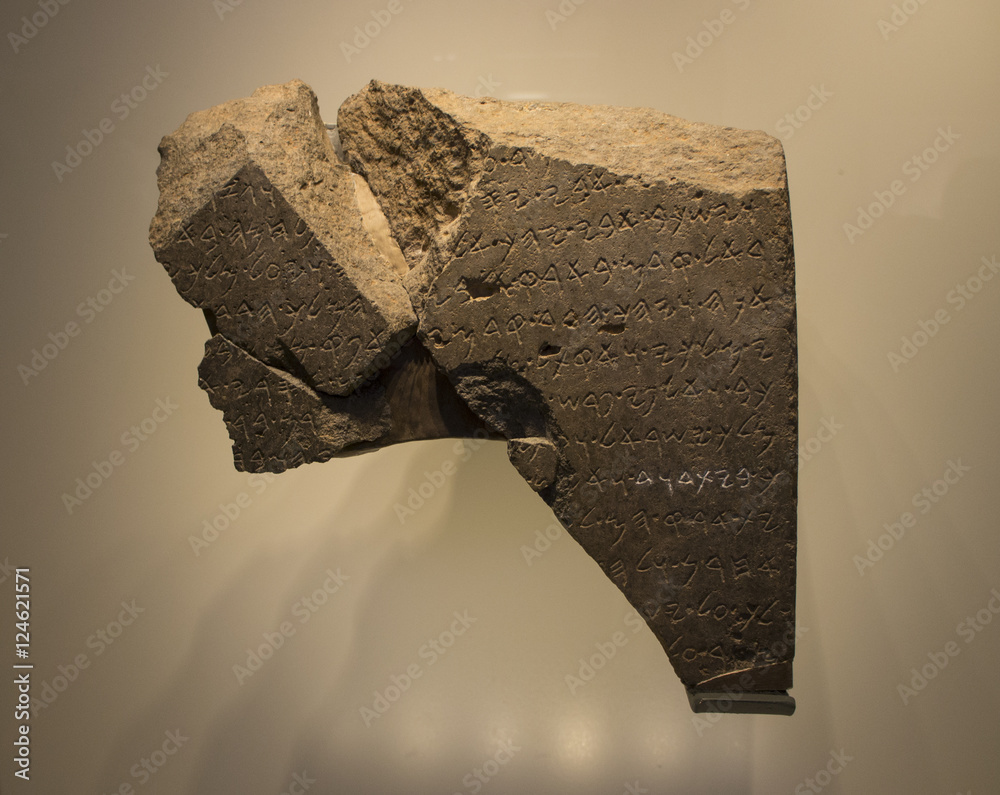
Few modern Biblical archaeology discoveries have caused as much excitement as the Tel Dan inscription—writing on a ninth-century B.C. stone slab (or stela) that furnished the first historical evidence of King David from the Bible.
Over the eighties, a group of scholars who came to be labelled “minimalists”, for their shared view that there’s precious little in the “historical” books that’s historically accurate, arose between the biblical archeologists and historians. In their eyes the historical value of the biblical texts was… minimal.
Here’s an example of the sort of thing that was being written about such central characters as Saul and David in the early 1990s:
…the narratives of Saul and David… serve no evident purpose at this point in the history of the kingdoms of Palestine. Who would need persuading of what by such fictions?
Philip R. Davies, In Search of Ancient Israel, 2nd edition, Bloomsbury, 2015 (originally, 1992)
David, in the eyes of the minimalists, was a “fiction”.
The Tel Dan inscription, or “House of David” inscription, was discovered in 1993 at the site of Tel Dan in northern Israel in an excavation directed by Israeli archaeologist Avraham Biran.
It is the first written archeological findings we possess outside of the Bible of the existence of the House of David. It is all the more valuable in that it dates from barely 150 years after David took the throne.
| Here is the translation of the stele’s text: 1. [… …] and cut [… ] 2. And my father went up [against him when] he fought at […] 3. […] my father lay down, he went to his [ancestors] (viz. became sick and died). And the king of I[s-] 4. rael entered previously in my father’s land. [And] Hadad made me king. 5. And Hadad went in front of me, [and] I departed from [the] seven […-] 6. s of my kingdom, and I slew [seve]nty kin[gs], who harnessed thou[sands of cha-] 7. riots and thousands of horsemen (or: horses). [I killed Jeho]ram son of [Ahab] 8. king of Israel, and [I] killed [Ahaz]iahu son of [Jehoram kin-] 9. g of the House of David. And I set [their towns into ruins and turned] their land into [desolation… ] 11. other [… and Jehu ru-] 12. led over Is[rael… and I laid] 13. siege upon [… ] |

These characters say: « House of David ».
BIBLIOGRAPHY
Tel Dan stele, 9th century BCE, basalt, The Israel Museum, Jerusalem/Israel Antiquities Authority (photograph by Meidad Suchowolski).


No responses yet